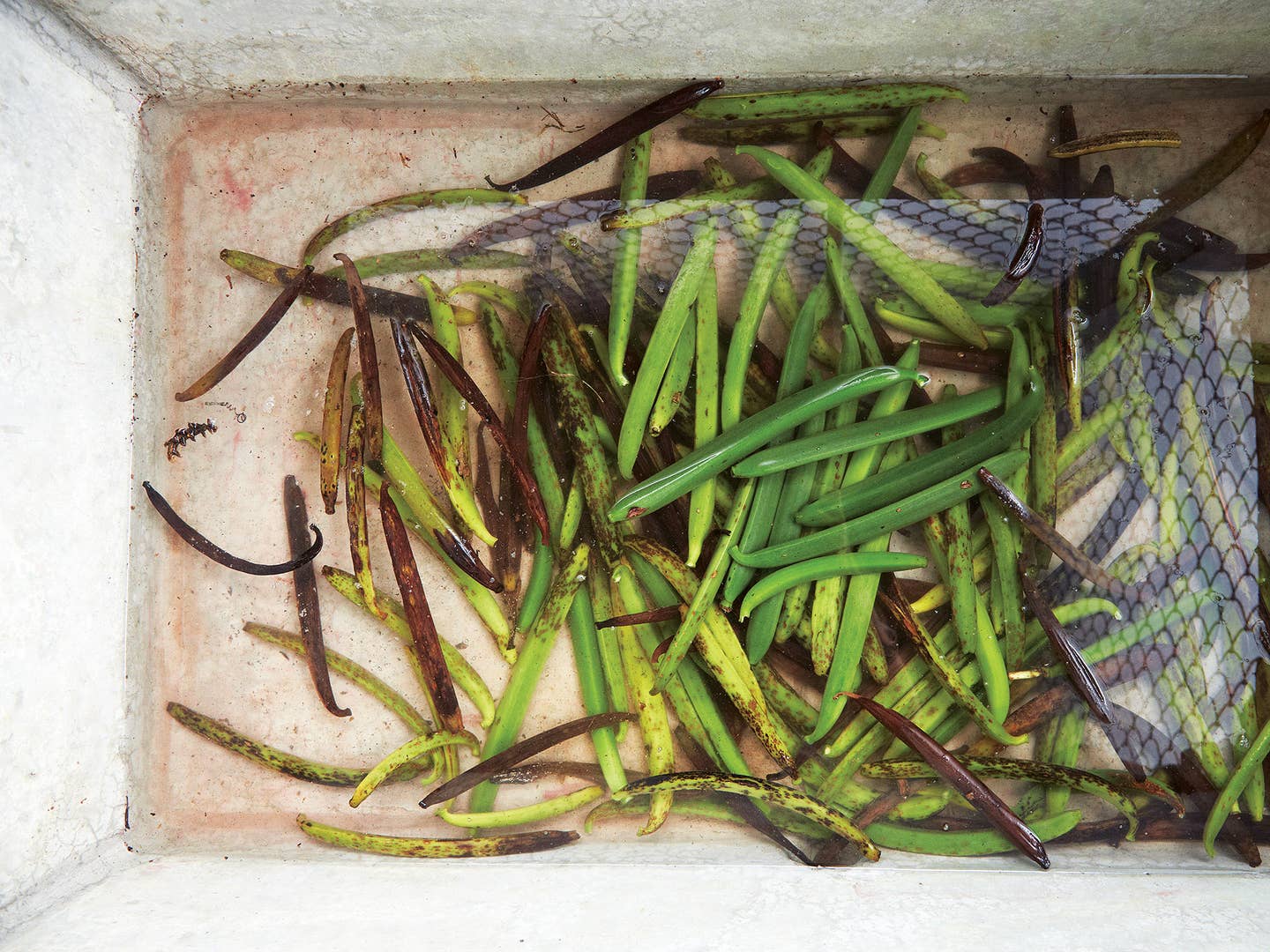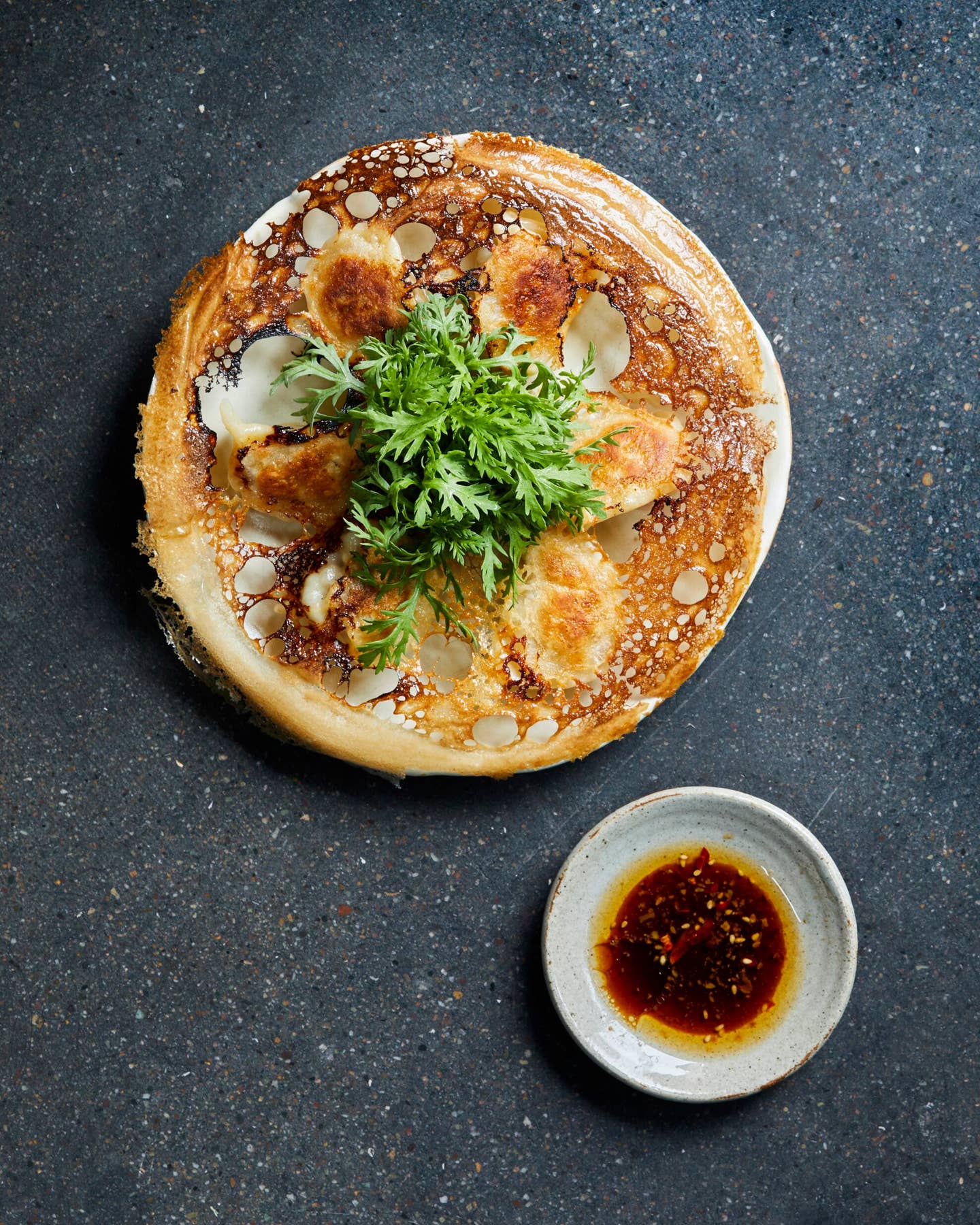
This Costa Rican Family Farm is Working to Save Vanilla From its Own Success
As the vanilla business booms, so does the challenge of growing the tropical vine in sustainable and ethical ways. Here’s how the Brown family of Cinco Ramas is doing just that
These photos taken by Christina Holmes document the process of growing and curing vanilla over a two-year period at Cinco Ramas.
Though vanilla vines have grown wild in Costa Rica for millennia, they've been cultivated there as a commodity crop for only 35 years. At Cinco Ramas, a nine-year-old vanilla farm in the San Carlos region, owners Rob and Geri Brown are fighting to keep the scaling industry sustainable and ethical.
It’s a challenge, considering what is being referred to as the “vanilla crisis.” Around the world, climate change has confused this delicate orchid, complicating the already complex cycle of growing and producing its beans.
At Cinco Ramas, the Browns have been experimenting with beneficial microorganisms, a mix of fermented plants, herbs, molasses, milk, and manure that promote growth and protect the vines and beans from pests.
After each vanilla orchid is delicately pollinated by hand, the resulting beans, over the course of nine months, will grow and ripen under the watchful eye of Jacinto Solano, a longtime vanilla laborer at Cinco Ramas, who knows each plant intimately.
After ripening and harvesting, the curing process begins. On tables, the beans are laid out in the sun until they begin to sweat (see image at right). Then they’re taken back inside “to sleep,” where they are wrapped in breathable fabrics and left in a dark, cool room to seep out moisture for two days. The beans are said to see about “30 suns,” or are set out 30 times to bake in the sun, which requires three to four months. Once sufficiently cured, they’re sorted, wrapped in parchment, and stored until shipping.
Keep Reading
Continue to Next Story










